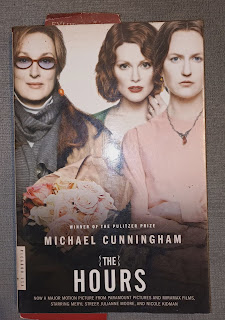These stories first drew me in with their heart and honesty.
But on the second (or yes, even third) read? I'm getting a deeper resonance: sharper and more real in spite of the different cultural contexts. So here's a rundown of my a repeat reading—just because I think they're great.
Freewater by Amina Luqman-Dawson
First time around, I was floored by the hidden wilderness community and the bravery of Homer and Ada. But now? I appreciate new and brighter layers of resistance, hope, and community-building. The quiet power of nature-as-refuge feels especially relevant especially with all the talk about taking care of our environment. And that twist toward the end still has the power to clutch at my heart. Freewater is one of those books that speaks louder the second time.
Maizy Chen’s Last Chance by Lisa Yee
On my first read, I was charmed by Maizy’s humor and her search for connection. On rereading, I lingered over her family’s stories and discovered a new richness. The blend of past and present feels more seamless now that I know where it’s headed. Themes of identity, belonging, and courage land with even greater clarity. Though as old as time, they grow more nuanced with each revisit. Rereading Maizy felt like visiting family and suddenly catching a detail you’d somehow missed growing up. And those golden dragons? Still magical.
Are You There God? It’s Me, Margaret. by Judy Blume
Oh, Margaret. You all remember the bras, the periods, the prayers. But rereading it now, with a few more years behind me, I see it’s so much more than a puberty story. It’s about belief, doubt, and the quiet, complicated process of growing up—both in public and in private. When I first read the book, I didn’t find it entirely satisfying. Maybe because I’m a boomer and Margaret, to simplify the gap, belongs to Generation Z. But then I watched the film, and afterward read the book again. To my surprise, the inner monologues—still funny, still awkward—now struck me with tenderness. That thread of spirituality, once just a detail, revealed itself as a real question. And I was reminded: even the young are already searching for meaning. Blume wrote an honest question that’s worth every reread and reflection
Rereading as Recharging
I've come to see rereading as a kind of meditation—a quiet return that reveals deeper layers of meaning, even if you're not actively doing deep hermeneutics or contextual analysis. What once felt like surface-level insight can suddenly spark a eureka moment. With time, books begin to speak to each other, forming a kind of textual community. In rereading, connections emerge, and a familiar book can feel newly alive and even more relevant.
How about picking these books up again yourself? Want to revisit my original blog posts from my first reads? Drop a comment in the thread—I’d love to gossip about bookish epiphanies with you. What did you notice the second time around? Which book shimmered unexpectedly?
Wishing you joy in your second (or third!) read—and may your favoritestories always meet you where you are.





